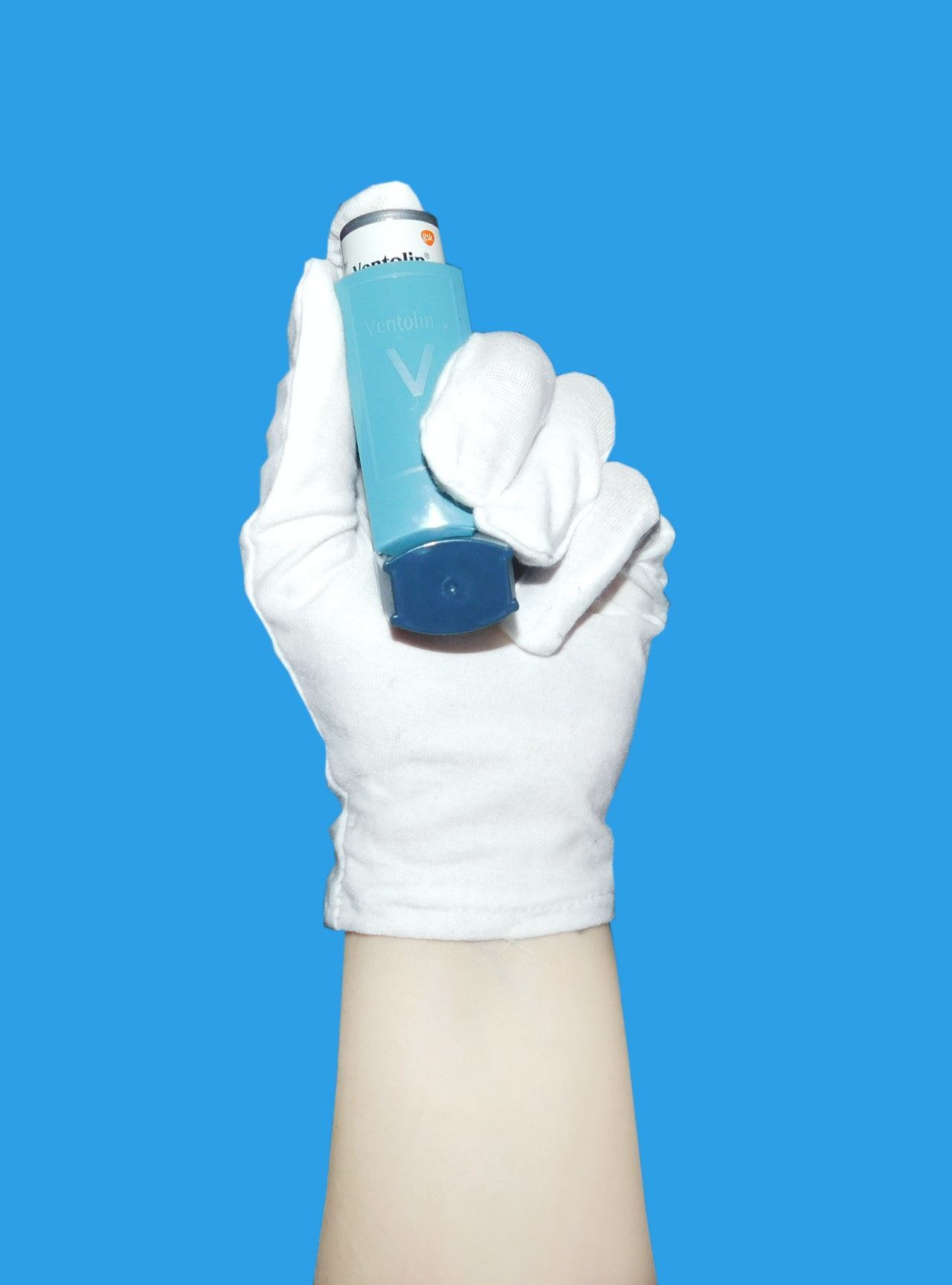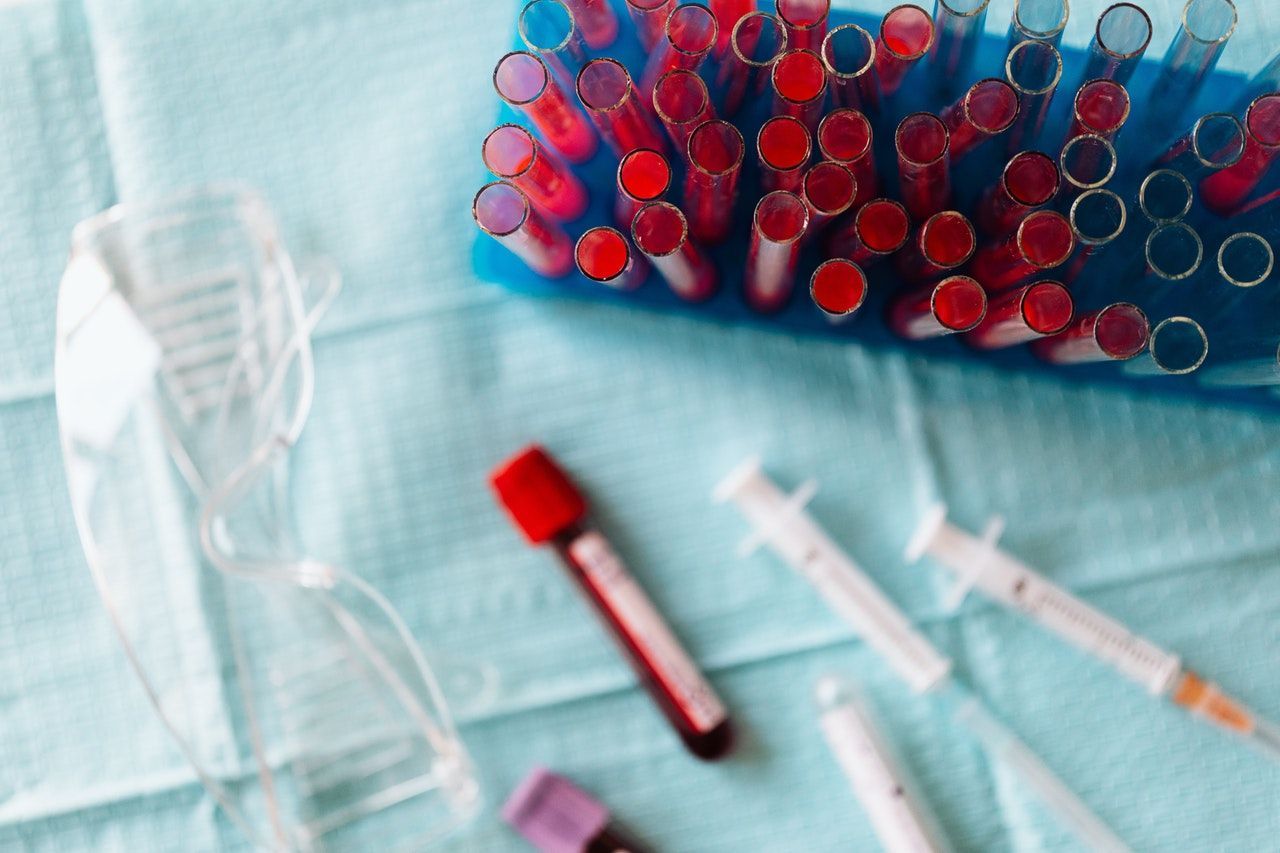
Inhaler Technique
An effective inhaler technique is one of the cornerstones of asthma and COPD treatment. This allows the medication to get to the lung where it can help control the patient's symptoms. It is also important to have an understanding of all the different inhalers available e.g. metered dose inhaler, dry powder inhaler. This OSCE station tests several key areas, firstly the students knowledge of airway disease, an effective inhaler technique and the ability to be able to communicate and teach this to the patient.
Introduction
1. Wash hands
Wash your hands using the Ayliffe technique
2. Introduce yourself
Introduce yourself and give your name and grade
3. Check patient details
Clarify patient's identity by confirming name and asking for their DOB
4. Describe procedure
Explain what you will be performing and what it involves
5. Gain verbal consent
Equipment
Tailor the consultation to the inhaler (s) the examiner has provided:
Metered Dose Inhaler(MDI): Inhaler that delivers a specific amount of medication to the lungs via aerosol e.g Salbutamol/ Ventolin, Steroid Inhalers.
Dry Powder Inhaler (DPI): Delivers a dose of fine powder medication to the patient's lungs via inhalation e.g Symbicort, Spiriva.
Spacer - add on device for MDIs that provides a chamber for the aerosol, allowing easier uptake.
Pre Procedure
1) Explore the patient's understanding of their condition (asthma/COPD)
2) Discuss their inhaler use and their understanding of their treatment
3) Explain the use of the different inhalers/devices available:
a) Salbutamol (Reliever) to be taken during attacks to help relieve symptoms
b) Beclomethasone (Preventer) to be taken regularly to lower the risk of exacerbations
c) Spacer helps with the uptake of inhaled medication ensuring it reaches the lungs
Procedure
Go through the steps involved and then demonstrate the use of the inhaler to the patient:
1) Check inhaler expiry date
2) Remove inhaler cap
3) Correct body position - standing up or sitting up
4) Hold inhaler upright with thumb on the bottom and index finger on top
5) Shake inhaler
6) Breathe out gently and completely
7) Place inhaler in mouth and form a good seal round mouthpiece
8) Slow and deep breath in while pressing the canister down
9) Remove inhaler from mouth and hold breath for 10 seconds or as long as comfortable
10) Breathe out gently
11) Repeat in 30 seconds if required
12) Replace cap on mouthpiece
13) Ask the patient to demonstrate how they would do it. Ensure that any mistakes are corrected and they have a good understanding of how it is performed
14) Advise patient - seek emergency help if symptoms are severe or inhaler doesn't help
For Dry Powder Inhaler (DPI) follow a similar plan but ensure that you load a capsule initially and that when you breathe in it is quick and deep to ensure the medication gets to the lungs.
Spacer
- Good for use in children and those with poor inhaler technique
- Also useful for people on high dose steroid inhaler - reduces side effects
1) Prepare inhaler and spacer
2) Shake inhaler and attach to spacer
3) Breathe out gently
4) Form a tight seal around spacer mouthpiece
5) Firmly press down on the canister to release dose
6) Breathe in and out deeply and slowly for 5 breaths
7) Remove spacer from mouth
8) To take a further dose repeat the same steps, wait at least 30 seconds before repeating
Tips
- Wash spacer once per month with washing up liquid
- Allow to air dry as it helps prevent medication sticking to inside
- Replace yearly, or sooner if regularly used
End of procedure
1. Ask the patient if they have any questions
2. Summarise
a) Highlight key take home messages
3. Signposting
a) Provide reliable source of further information e.g www.asthma.org.uk
b) Patient.co.uk for information leaflets
4. Thank the patient
Let the patient know you have finished and thank them for their time.
Doctor Khalid Newsletter
Join the newsletter to receive the latest updates in your inbox.




